Pesto is the simplest sauce in the world. All you need are fresh herbs, a little salt, and oil. Basil is traditional but you can use any seasonal herb. You can even use a mortar and pestle or lots of knife work instead of a blender or food processor.
And yet, there are secrets to making a bold, balanced pesto.
First, don't skimp on the fat. Oil creates a smooth texture while holding the color and flavor of the herbs. Use high quality oil because the flavor comes through the final product. Oil also tones down the strong flavor of the greens. To prevent freezer burn, top a container of pesto with a layer of oil before freezing.
Always add a little acid. A splash of lemon juice or vinegar balances the richness of the oil and preserves the color.
Experiment seasonally. Basil pesto is a classic in the summer but don't leave pesto behind in the other seasons. Play with spinach and kale in the fall and microgreens in the winter and spring. I developed this recipe for customers of Swainway Urban Farm to sample at the farmers' market. Simply adapt the recipe below to your ingredients on hand!
Pea Shoot Pesto Recipe
2-3 garlic scapes (1/4-1/2 cup) or 1-3 cloves garlic 1 bag (2.5 oz) fresh pea shoots 1/2—1 teaspoon salt 1/3 cup olive, grapeseed, or sunflower oil 1 teaspoon white or rice wine vinegar
1. Wash scapes, removing both ends, or peel garlic. Chop roughly. 2. Place garlic, peashoots, and salt in food processor or blender. 3. Blend, drizzling in oil and vinegar as the mixture purees to your desired consistency. 4. Serve as a dip with veggies, spread for bread, or sauce for pasta. 5. Store in the fridge with a light covering of oil for up to ten days or freeze for future use.

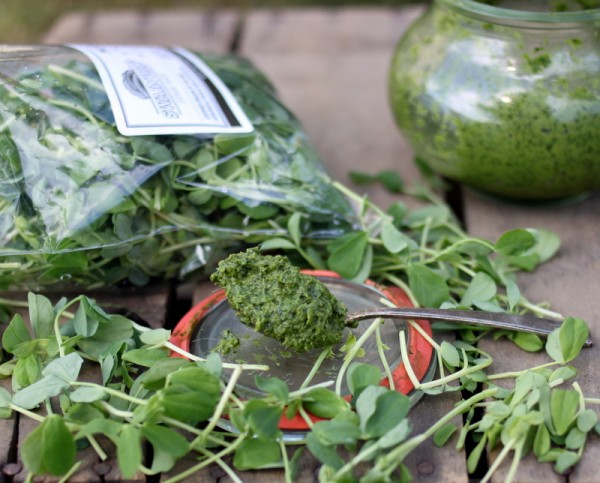
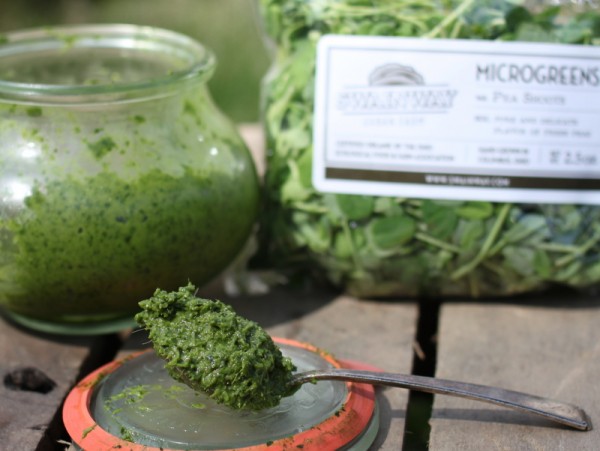
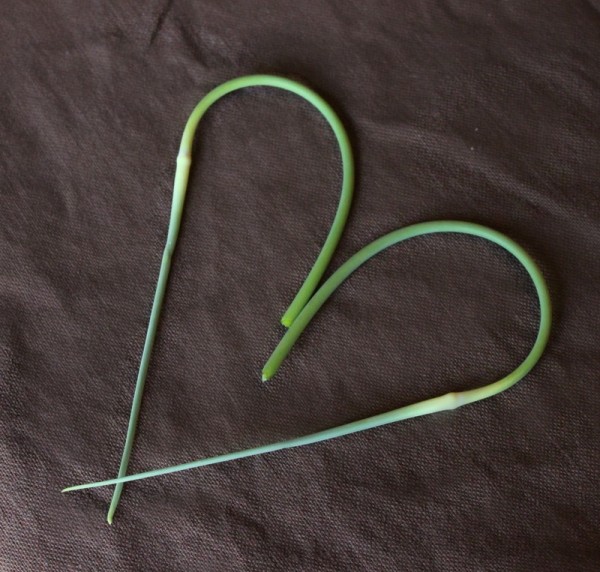
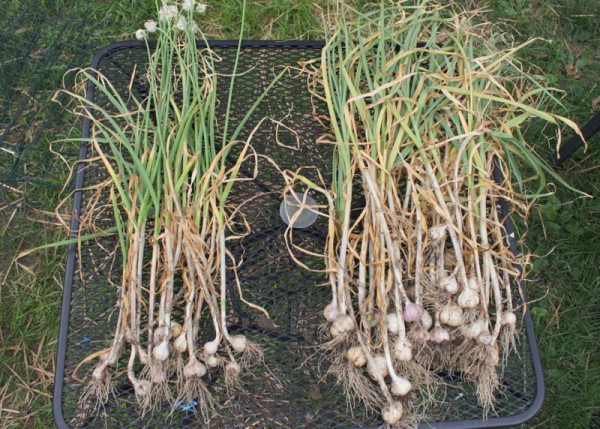
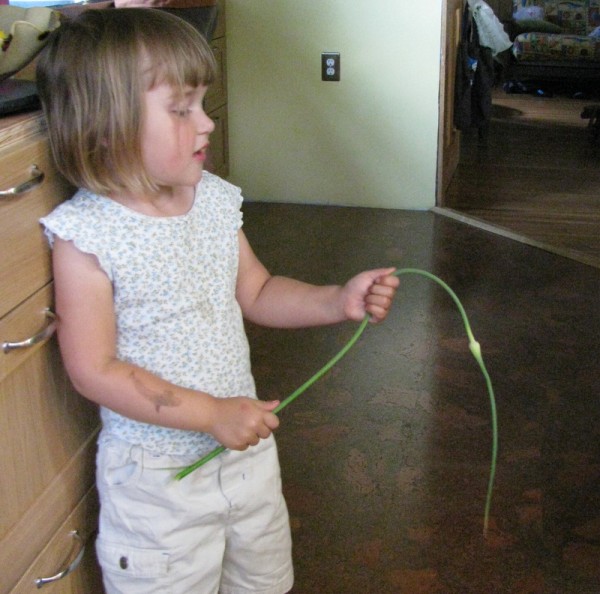
 'Tis the end of the basil growing season as a deep frost looms tonight. What to do with the all this basil? Make pesto, of course!
'Tis the end of the basil growing season as a deep frost looms tonight. What to do with the all this basil? Make pesto, of course!
